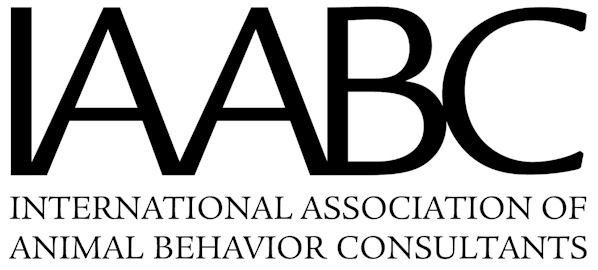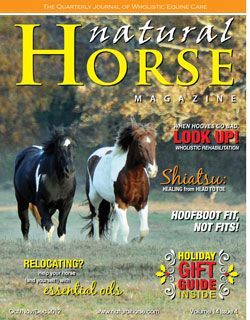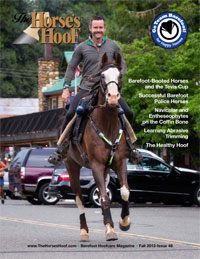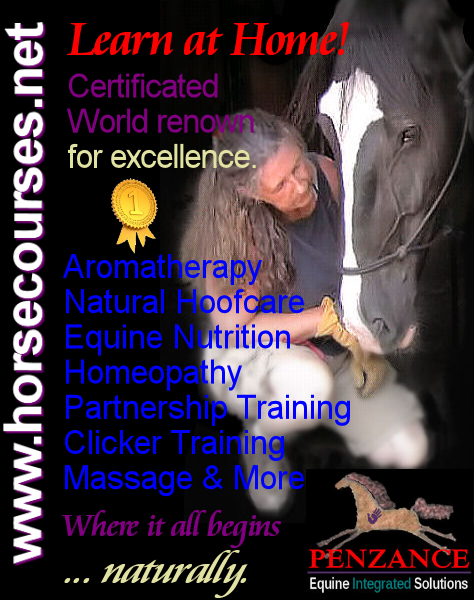EXCELLENT ARTICLE by CORALIE SMYTH — THE SECRET OF INSPIRED TRAINING
All top trainers use this to some degree, some more than others, but the very best trainers, whether they are in racing, eventing, dressage, jumping or pleasure riding, will apply it all the time, with every horse. And yet, if you asked them, many would probably not be able to verbalise exactly what it is that is so important.
Trainers who are not aware of the powerful effects of neglecting this principle produce flawed horses.
Equally, when there is a training problem, most trainers would not identify this fundamental issue as the underlying cause. And even those who do recognise it probably don’t completely understand the total implications of it.
The secret is quite simple. It is: Never cause the horse to experience fear. We often talk about pain, and understand its effects, but we really don’t talk much about fear, and a lot of behavioural problems arise from fears.
Recently there has been some breakthrough research on the fear response, its causes and effects. Joseph Ledoux, a neuroscientist at New York University, is one of the pioneers in this area. He says that emotions are hard-wired, biological functions of the nervous system that evolved to help animals survive in hostile environments and procreate.
In 1996 he proposed that fear is the product of a neural system that evolved to detect danger and that it causes an animal to make a response to protect itself. The part of the brain that is responsible for causing a fight or flight response is the amygdala, which is a walnut-sized structure in the forebrain.The amygdala assesses the perceived threat and triggers changes in the inner workings of the body’s organs and glands, stimulating the emotional and physical responses of flight or fight. This is a rapid, non-thinking reaction involving the secretion of cortisol, which causes an increase in glucose production, providing the necessary fuel for the brain and muscles to deal with stress.
Neuroanatomists have shown that the pathways that connect the instinctive amygdala with the thinking brain (the cortex) are not symmetrical—the connections from the cortex to the amygdala are considerably weaker than those from the amygdala to the cortex. This is probably why, once an fight or flight response is aroused, it is so hard to turn it off.
The flight response tells horses to get some distance before taking time to analyse things, which may explain why horses turn around after they bolt. They then have the safety of distance to take in more information and analyse what is going on.
Flight zone and turning point
It’s important to uinderstand the dynamics of the Flight Zone. All animals, even humans, have one. With most horses, the flight zone is an oval area that surrounds the animal, like an invisible bubble. The size of the Flight Zone varies according to a number of factors; it can be reduced by folowing these guidelines:
• Keep the environment calm
• Approach slowly
• Approach from behind the shoulder
• Retreating slightly when the horse shows signs of fear
A horse that is isolated will typically have a flight zone that is 40 percent larger than when he is with his mates. His flight zone will also vary depending on how hot-blooded he is—genetically excitable horses have a bigger flight zone, and the flight zone gets bigger when they become excited.

The Flight Zone
Closely associated with the Flight Zone is the Turning Point, which is at the animal’s shoulder. Horses will tend to move forward if the handler stands behind this point and they will back up if the handler stands in front of the point. The Flight Zone becomes bigger when a head-on approach is made. Knowledge of the Flight Zone and Turning Point reduces the risk of frightening horses and enables us to maneuver them calmly.

Approaching from behind the turning point
Stress
Fear is a very strong stressor. And the more highly strung that horse is, the more likely that his ‘misbehavior’ is due to fear.
Development of emotional reactivity of the nervous system begins during early gestation and allowing pregnant mares to experience the stress of fear will change the hormonal environment of the fetus which can result in nervous foals. And once the foal is born, it needs a calm environment—some imprint training methods are quite rough and may traumatize foals. Similiarly, some round-pen methods use fear by initially running the horse around the circumference of the pen until it realises that being with the handler gives it a feeling of security. In my opinion this approach merely lets the frightened horse know that the person in the middle is in control and capable of dominating him.
It is essential that a horse’s first experience with a new place, a new person, or a new piece of equipment is good. Because if it’s a bad first experience, they will never forget it.
Fear memories are sensory based, not language based; horses are visual animals, so the fear memory is often visual. Because horses are very visual, their main signs of fear are visible to us. Horses communicate with their body language—the head position, ear position, facial expressions, feet, tail, mouth and nose. They will start switching their tails when they begin to become fearful. Another sign is raising the head. A relaxed and safe horse will lower his head, relax his ears, lick his lips, chew, drop his tail and take a deep sigh.
As long as the horse’s head is high and the neck and back muscles are tensed, adrenalin will pump into the blood stream, the blood is drawn away from the extremities to support the heart and lungs in preparation for flight. A horse is more likely to access the thinking part of his brain when he has his head in a relaxed position.
Fear-free training
When horses are frightened they don’t think. Only when the horse is thinking can we begin to teach him anything—if we don’t have his attention, we don’t have his brain. Whenever there is fear, pain, or often the fear of pain, there is a release of a stress hormone called adrenocorticotropic hormone (ACTH). This causes the horse to access the reactive part of the brain rather than the thinking part, and if the level of ACTH is too high then learning will be blocked. When training horses, emphasis must be on preventing the formation of fear memories; much greater care is needed with high strung, flighty horses then a calm, cold blooded horse. Extremely flighty animals must be gradually introduced to new experiences and not be suddenly thrust into them.
A basic principle is that genetically calm horses can be introduced more rapidly to new experiences than genetically excitable horses. With the more highly strung horse we need to take smaller and slower steps. If this type of horse is asked to do too many new things at once, it may become extremely fearful and won’t recover quickly. Trainers need to recognize these individual differences and adjust their training approach on a case-by-case basis.
Possibly the most important issue for training horses is this one found by LeDoux—that fear memories are permanent. Over time, horses can learn to cope with a fear memory and become less fearful, but they can only suppress the fear memory, it can never be erased. Evidence indicates that even though extinction training can subdue the original fear conditioning, the fear memory remains within the horse’s brain. The training does not actually eliminate the fear, it only teaches the horse how to inhibit his response.
It follows that when training, the emphasis has to be on preventing fear memories. Of course, the old masters knew this and practised it, but now it’s possible to give a rational explanation of the physiology behind it.
Ensuring a fear-free environment is not a case of being a bleeding heart, it’s a fundamental principle that, if ignored, will inevitably result in behavioural problems for the rest of the horse’s life. On the other hand, when this principle is always observed, the horse will enjoy his time with the trainer and will be a fast and willing learner.










